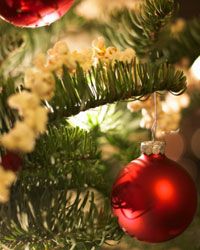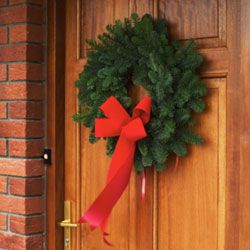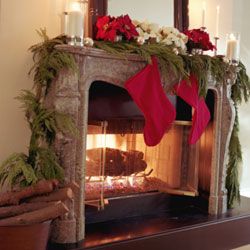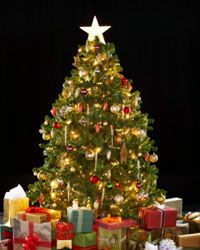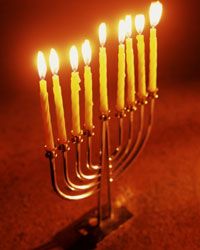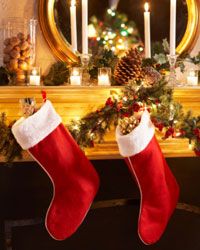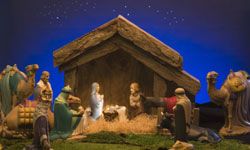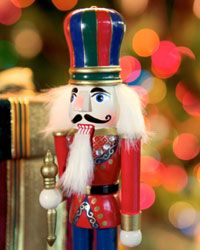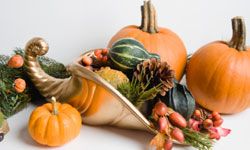In a sense, the stretch of time between late fall and early winter could rightfully be called "The Decorating Season." The holidays that occur at this time of year, including Christmas, Hanukkah, Thanksgiving and New Year's, all traditionally call for a host of decorations. Whether it's a tangled string of lights or a wreath you try to center perfectly on the front door, certain popular décor items are likely to take up decorating time and space this season.
But where do these décor standards come from? Why do lights, garlands and tree ornaments dominate the holiday scene? Read on to learn about 10 of the most common holiday décor items and the histories behind them.
Advertisement
